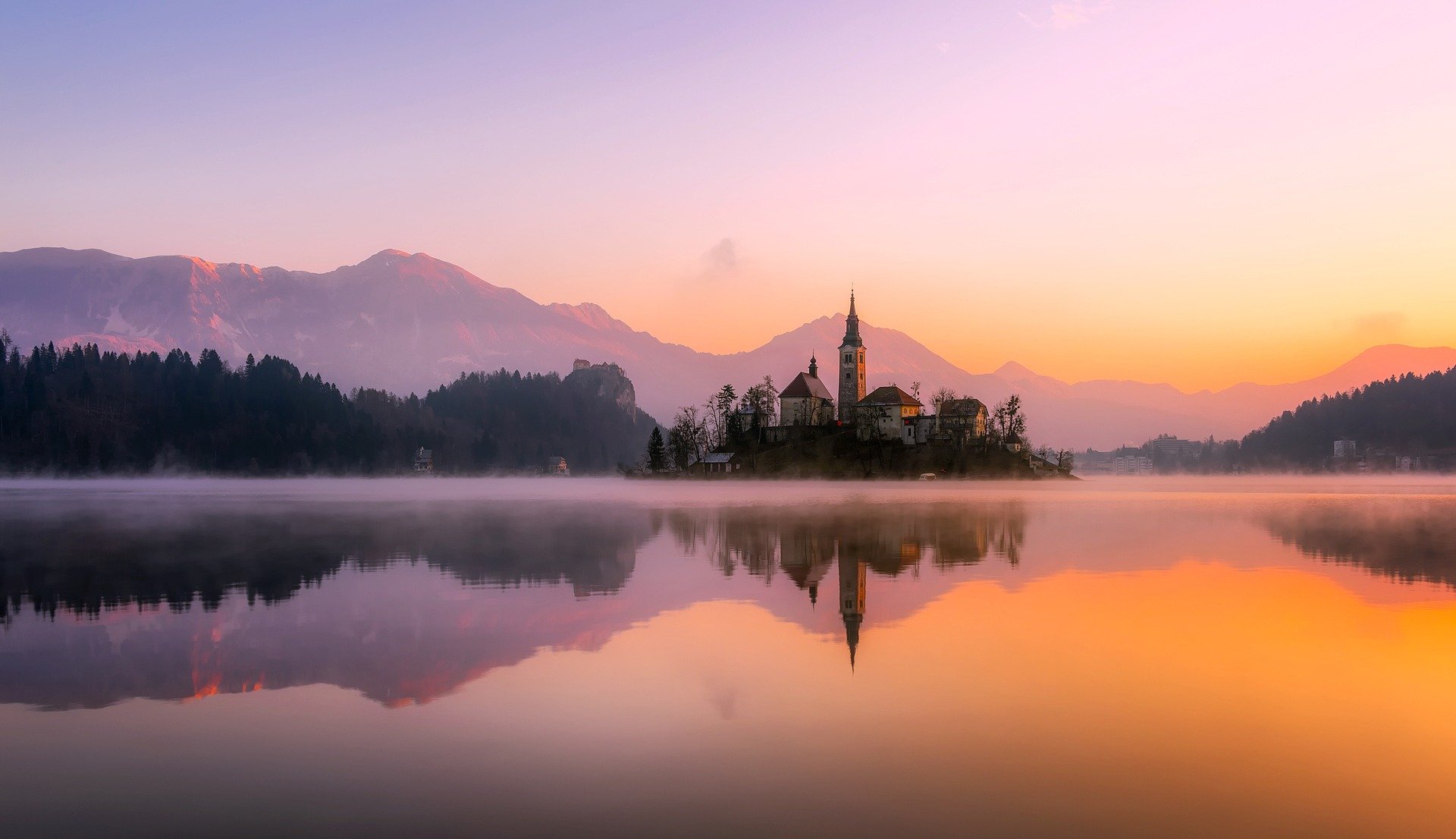Briefly analysed
Art gives new engagement possibilities for scientists. To make this collaboration most effective, the guide from NCCPE offers some tips. First, it’s important to talk about expectations and to get to know each other’s workspace. The guide collected examples about how such collaborations could work. There is also some advice about planning, funding, and evaluating.
Collaboration Artists and scientists are a perfect match to engage the public. Working together is inspiring but sometimes not easy. Therefore, the guide from NCCPE offers some tips. A summarize about the important ones.
Art is a nice way to reach people. There are so many possibilities in expressing scientific findings. But collaborations between artists and scientists are not always easy. Sometimes the work of the artists is not valued enough. Therefore, the guide from NCCPE has tips in forming an effective collaboration. If you do it right everyone benefits, gets new inspiration and perspectives. All in all it improves your work.
Get to know each others working environment
To achieve a good impact, it is important to set expectations. Researcher and artists should talk about it regular. As they come from different areas it’s also worth it to first talk about its own work processes and working culture. Therefore, the guide recommends spending time in each other’s environments. That betters the understanding for each other. Of course, there might be some pitfalls. For that reason, there is a “tough stuff A-Z” list.
Examples for collaboration
The guide collected some projects to see how such collaborations could work. For example you read about the Sustainable Futures Academy. The Berlin School of Public Engagement and Open Science collaborated with the Cambridge University. During one week international participants came together with creatives and developed projects with them. Communication and the co-creative process has been the main topics that made this collaboration so special.
Planing & Funding
Besides these examples the guide also offers tips for planing and funding. Furthermore, it recommends evaluating the collaboration and reflecting about the impact. That must be one of the first steps. So that not only the collaborators benefit, but also the public.
Guide
Stay up to date.
Our articles help you with science communication or public engagement? You don’t want to miss them? The best thing to do is sign up for our newsletter. We don’t spam either, promise.
 Source: Pixaby
Source: Pixaby